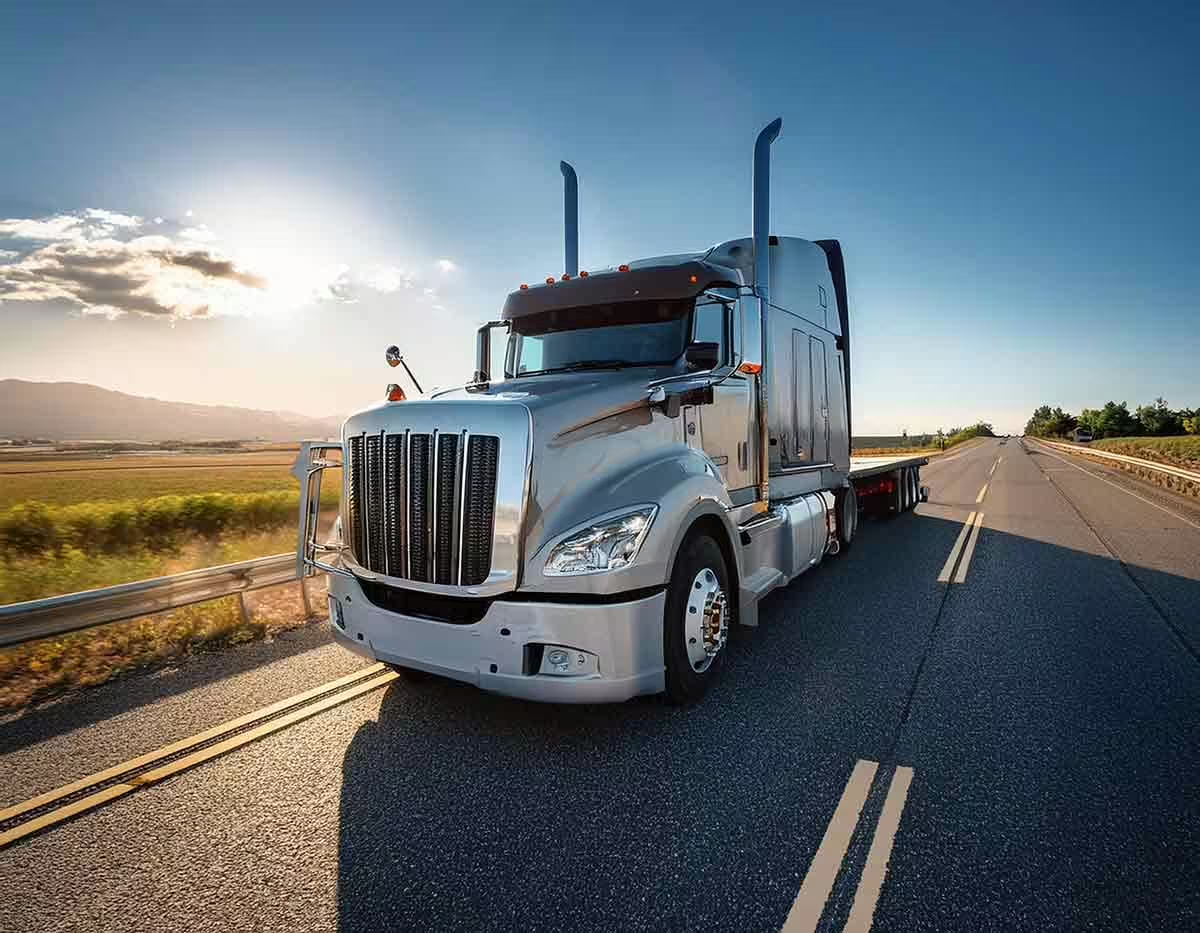
Backhaul trucking refers to a truckload, or FTL, carrier finding lanes to reposition the driver back from a shipment. The practice is used to fully utilize a truck’s potential for revenue while getting the driver back to their designated region. The benefit not only helps carriers, but shippers benefit too from the operation. This article will define a backhaul load, define a strategy for shippers, and discuss what you need to know about this strategy.
What is a Backhaul Load?
A backhaul load refers to the shipment a truck driver takes to return to their origin, optimizing both revenue and equipment usage. For instance, if a driver hauls a load from Chicago, IL to St. Louis, MO, the carrier will find another load to bring back to Chicago, avoiding empty miles. This practice, known as reducing dead-head miles, keeps carriers profitable and strategically positions their equipment. Carriers may even schedule one or two backhaul loads during the return trip.
Types of Backhaul: Internal and External
There are two types of backhaul shipments: Internal and External. As you can guess, the types rely on who the backhaul is for.
Internal Backhaul Trucking
Internal backhaul trucking involves a company hauling its own products or materials. This approach supports a reverse-logistics strategy. For example, if a manufacturer delivers goods to a retail store, they might backhaul a load of pallets from the retailer. This not only saves costs on additional pallets but also creates an efficient delivery loop. Since carriers find it easy to manage these lanes, they might offer discounts.
External Backhaul Trucking
External backhauls are more complex due to the involvement of multiple parties. Carriers search daily for suitable backhaul loads, often relying on load boards or existing relationships to find the right match.
Implementing a Backhaul Trucking Strategy
To implement an internal backhaul load strategy, clearly communicate opportunities to the carrier upfront. This helps set expectations for the initial load, negotiate rates, and avoid unexpected disruptions. Be aware that the carrier might already have a backhaul strategy, which could impact your return shipment.
For an external backhaul load strategy, partnering with a 3PL broker is the best approach. A third-party broker can efficiently find backhaul loads by leveraging relationships with multiple shippers in the area, providing cost savings and streamlined logistics.
